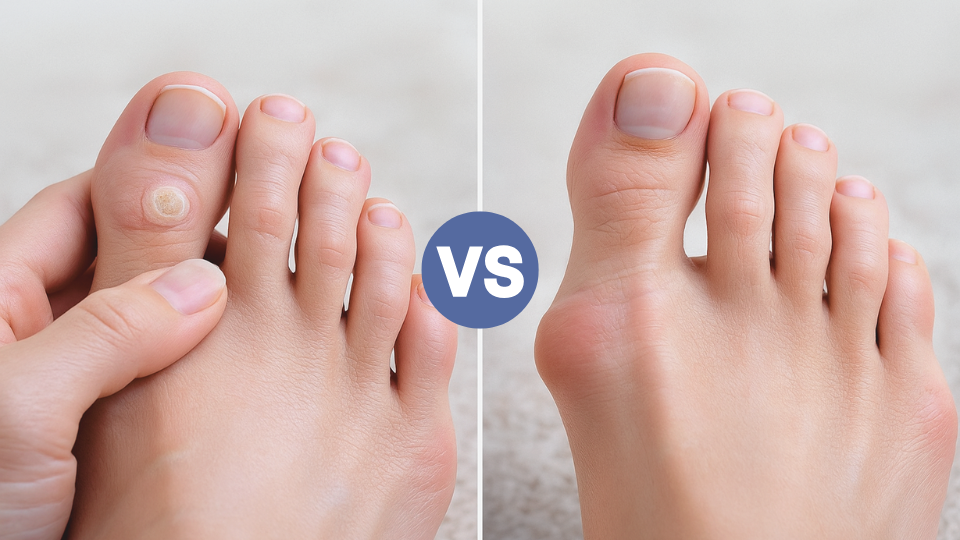Top of Foot Hurts After Running? Causes, Injuries, and How to Treat It
Learn the key differences between corns and bunions, their symptoms, and treatment options. Book an appointment with FAS The Woodlands for expert foot care.

The lack of arch support in people with flat feet can prove problematic as the condition gets worse. Learn more about flat feet and the changes you can make now to prevent long-term foot and ankle complications.
Flat feet is a condition that often starts in childhood, but the condition can also develop in adults, especially after a foot-related injury. If you’re dealing with fallen arches and flat feet, there are proactive steps you can take now to prevent complications later.
At Foot and Ankle Specialists in Memorial City, The Woodlands, and Huntsville, Texas, we offer diagnostic evaluations to confirm flat feet. Our experienced podiatrists design a treatment plan to resolve your pain and other symptoms flat feet can cause so you can stay active and healthy.
Flat feet occur when the arches that support your foot collapse and cause the sole of your foot to rest entirely flat on the floor. Your arches are responsible for absorbing the shock of your movements and distributing your body weight evenly during physical activity.
All babies are born with flat feet. Around six years old, the bones in their feet become stronger and eventually form the arch of their foot. However, some children’s feet don’t form proper arches and their feet remain flat.
A common cause of adult-acquired flat feet and collapsed arches can relate to a fracture or other foot injury. You might also develop flat feet symptoms as an adult because of degenerative changes in the structure of your foot from arthritis.
Other factors that can contribute to flat feet in adults include:
Flat feet can sometimes run in families, so if you have a parent or sibling with the condition, you might develop flat feet too.
Many people with flat feet won’t experience any problems during their lifetime. However, flat feet can cause symptoms that worsen over time and may ultimately affect your mobility.
These symptoms include:
To prevent these issues from getting worse, there are strategies you can implement into your life to better manage your flat feet.
While you may not be able to prevent flat feet from occurring, you can make lifestyle changes to ensure your symptoms don’t become disabling. Here are a few strategies to consider:
Being overweight or obese can put additional stress on the joints and muscles of your foot and ankle, which can trigger inflammation and pain.
Make necessary changes to eat a healthier diet and engage in 20-30 minutes of moderate physical activity each day.
Wear high-quality shoes that support your feet and ankles and avoid wearing thin-soled shoes, high heels, and flip-flops.
You should also ensure that your shoes fit well and that your toes aren’t cramped. Shoes also shouldn’t slide off your feet, which can increase your risk for injuries that worsen flat feet symptoms.
Even if you have a flat feet diagnosis with few or mild symptoms, it’s important that you stay in touch with our podiatrists who will continue to monitor your condition.
At the first sign of pain, we can recommend treatments like physical therapy, custom orthotics, and medications to prevent more severe complications.
Call the Foot and Ankle Specialist office near you today or Request an appointment anytime.

Learn the key differences between corns and bunions, their symptoms, and treatment options. Book an appointment with FAS The Woodlands for expert foot care.